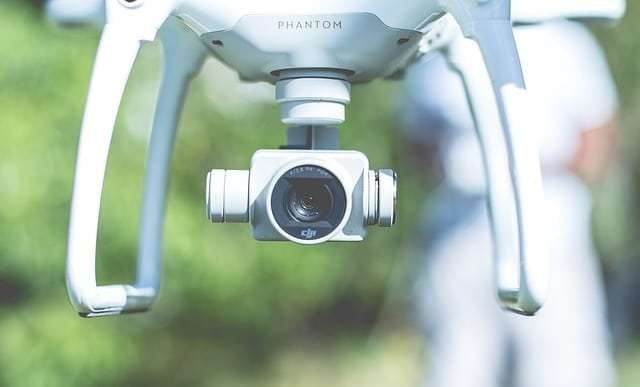Drone photography has revolutionized the way we capture images from the skies, opening up a world of creative possibilities. As drone photography services gain popularity across various industries, the art of capturing breathtaking aerial shots is only half the story.
The other crucial aspect that takes drone photography to the next level is advanced editing and post-processing techniques. In this article, we will explore the significance of advanced editing and post-processing for drone photography services and how they can transform raw drone images into stunning visual masterpieces.
Enhancing Image Quality:
While drone cameras have come a long way in terms of technology, the images they capture might still require some fine-tuning. Advanced editing techniques allow drone photographers to optimize exposure, contrast, and color balance to bring out the best in each shot. By refining these elements, photographers can create visually striking images that captivate viewers and convey the intended message effectively.
Removing Distractions:
Drone photography may sometimes capture unwanted elements, such as power lines, buildings, or other distractions. Through advanced editing, these distractions can be skillfully removed without compromising the overall composition. The result is a cleaner and more polished photograph that draws the viewer’s attention to the main subject or landscape.
Creative Color Grading:
Color grading is a powerful post-processing technique that can set the mood and tone of a drone photograph. By manipulating colors, shadows, and highlights, photographers can create different atmospheres – from warm and inviting to dramatic and moody. Color grading allows drone photography services to evoke emotions and tell compelling visual stories through their images.
Panorama Stitching:
Drones can capture a wide field of view, making them ideal for panoramic shots. Advanced post-processing techniques enable photographers to stitch multiple drone images together seamlessly, creating breathtaking panoramas that showcase the vastness of landscapes or cityscapes. Panorama stitching adds depth and grandeur to the images, providing a unique perspective that traditional photography often cannot achieve.
HDR Blending:
High Dynamic Range (HDR) blending is another editing technique that empowers drone photographers to capture images with a wider range of tones and details. By merging multiple shots taken at different exposures, HDR blending produces photographs with enhanced clarity and detail in both shadows and highlights. This technique is especially useful for scenes with extreme lighting conditions, such as sunrises or sunsets.
Perspective Correction:
Drone photography services often involve capturing images from different angles and heights. Advanced editing allows photographers to correct perspective distortions that may occur due to the wide-angle lens of the drone camera. Perspective correction ensures that vertical lines remain straight, leading to more visually pleasing and professional-looking architectural or landscape shots.
Adding Special Effects:
Post-processing opens the door to creative possibilities by adding special effects to drone images. From adding lens flares and bokeh to creating surreal landscapes or ethereal atmospheres, special effects can enhance the artistic quality of drone photographs and make them stand out from the crowd.
Noise Reduction:
Noise, often caused by low light conditions or high ISO settings, can degrade the quality of drone images. Advanced post-processing tools enable photographers to reduce noise effectively, resulting in cleaner and more visually appealing photographs.
In the world of drone photography services, advanced editing and post-processing techniques are vital for transforming raw drone images into stunning visual masterpieces. From enhancing image quality and removing distractions to applying creative color grading and stitching panoramas, these editing tools offer unparalleled opportunities for artistic expression. With the right skills and vision, drone photographers can elevate their work to new heights, captivating audiences with breathtaking aerial views and unique perspectives.
As the demand for drone photography services continues to grow, mastering advanced editing and post-processing techniques becomes a crucial aspect of a photographer’s skill set. Whether working with real estate, events, filmmaking, or environmental conservation, the ability to edit and enhance drone images allows photographers to deliver exceptional results and leave a lasting impact on their clients and viewers alike.
Ultimately, it is the combination of skillful drone piloting and advanced post-processing that results in memorable and awe-inspiring aerial photography.









